.
Following last week's successful launch of six ORBCOMM satellites, the Falcon 9 rocket’s first stage reentered Earth’s atmosphere and soft landed in the Atlantic Ocean. This test confirms that the Falcon 9 booster is able consistently to reenter from space at hypersonic velocity, restart main engines twice, deploy landing legs and touch down at near zero velocity.
.
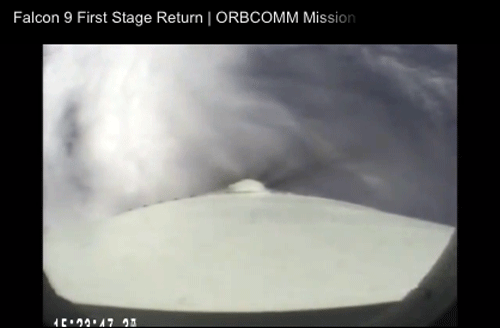
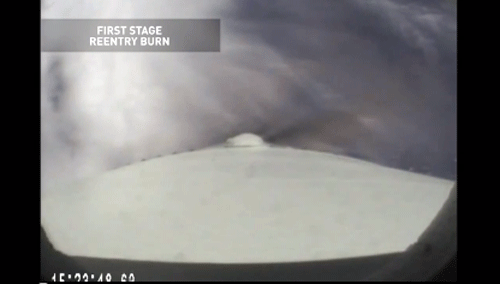
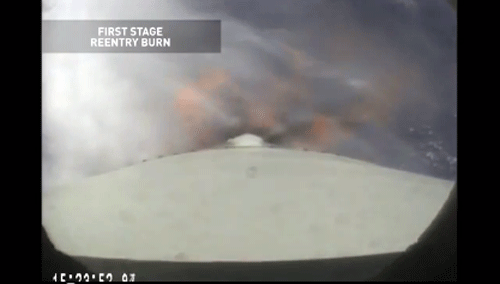
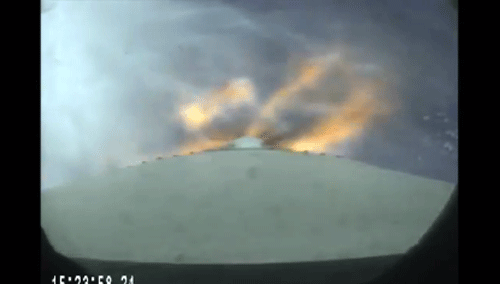
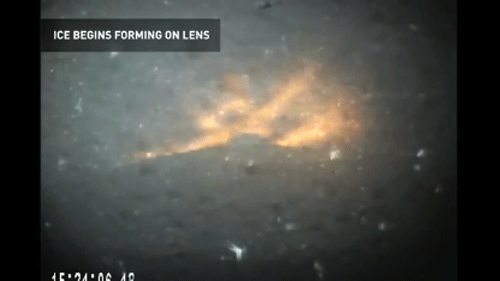
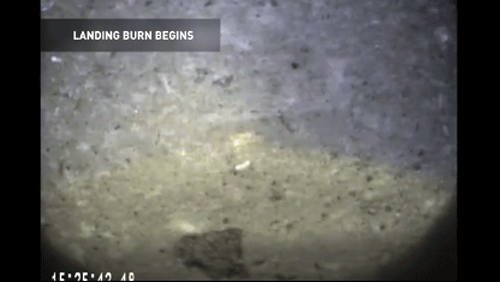
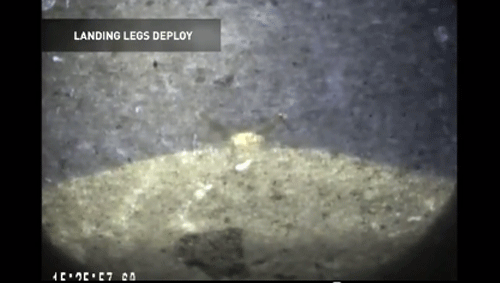
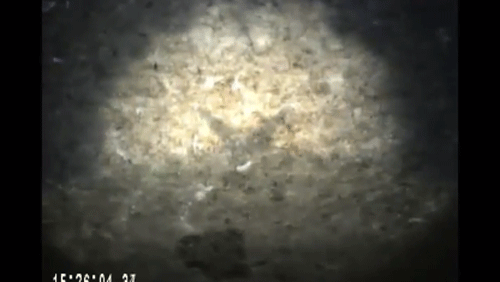
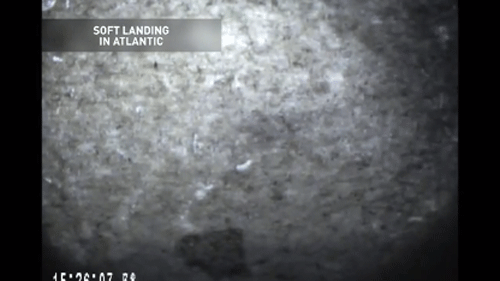
After landing, the vehicle tipped sideways as planned to its final water safing state in a nearly horizontal position. The water impact caused loss of hull integrity, but we received all the necessary data to achieve a successful landing on a future flight. Going forward, we are taking steps to minimize the build up of ice and spots on the camera housing in order to gather improved video on future launches.
At this point, we are highly confident of being able to land successfully on a floating launch pad or back at the launch site and refly the rocket with no required refurbishment. However, our next couple launches are for very high velocity geostationary satellite missions, which don’t allow enough residual propellant for landing. In the longer term, missions like that will fly on Falcon Heavy, but until then Falcon 9 will need to fly in expendable mode.
We will attempt our next water landing on flight 13 of Falcon 9, but with a low probability of success. Flights 14 and 15 will attempt to land on a solid surface with an improved probability of success.
Quelle: SpaceX
5378 Views
